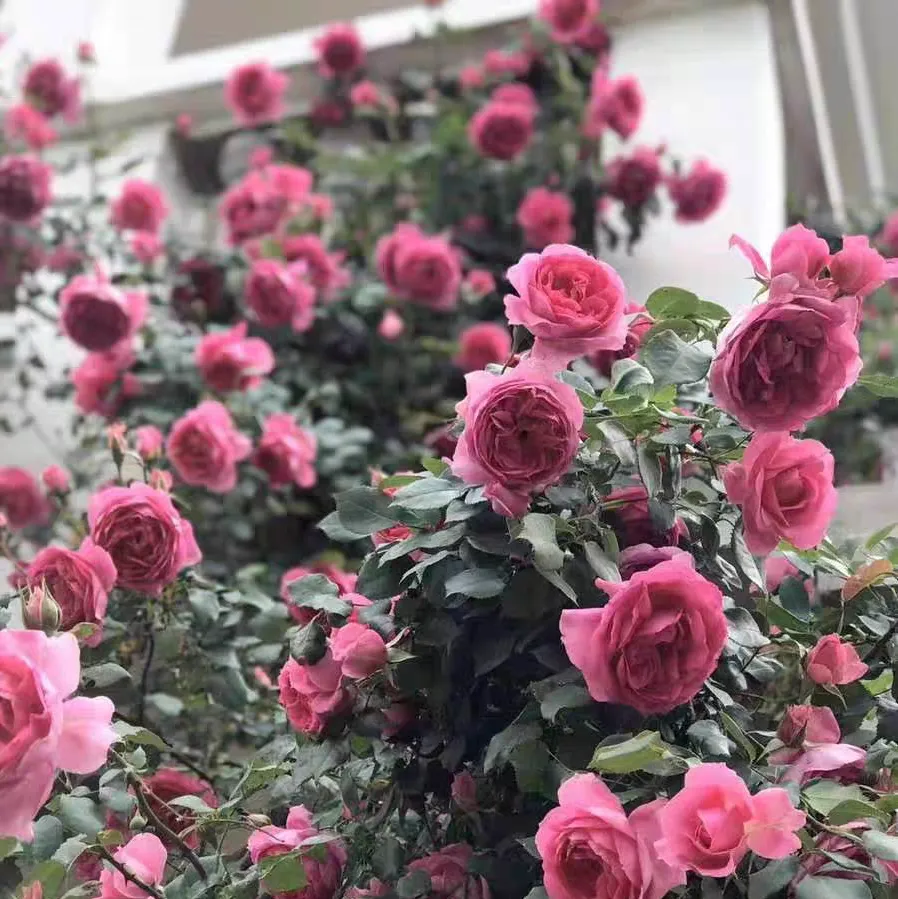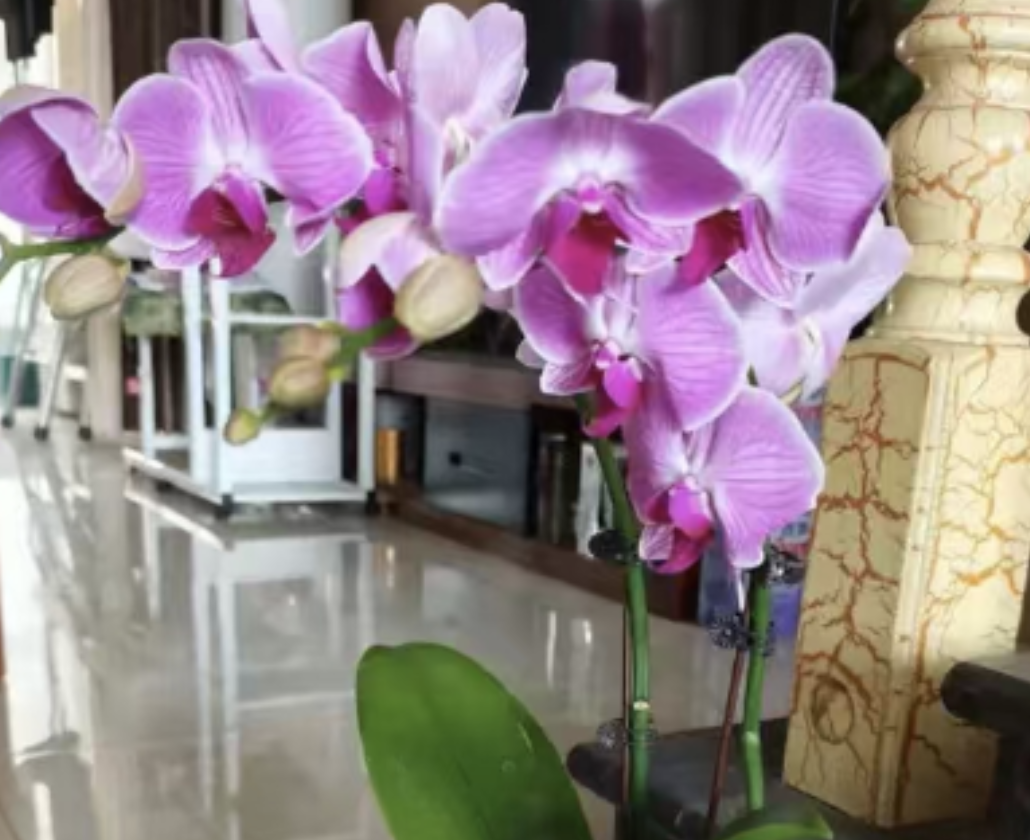With the arrival of the cold winter weather, the temperature is about to drop sharply. Those plants cultivated outdoors are facing a severe test.
Today, I'd like to share with you several excellent tips on protecting courtyard plants from the cold in winter.
For small trees or shrubs with relatively weak cold tolerance, such as holly and pine and cypress, a thick layer of organic mulch can be spread around their roots, like decomposed leaves, hay or pine needles. This can not only play a role in keeping warm and maintaining moisture but also prevent the roots from being frostbitten to some extent. Generally, the thickness of the mulch should be 10 - 15 centimeters. If it is too thin, the cold protection effect will be poor, and if it is too thick, it may affect the air permeability of the plant roots.
For some cold-intolerant flowers and small plants, such as roses and hydrangeas, more meticulous care is needed. A simple cold-proof frame can be built around the plants. The frame can be made of wood or metal, and then wrapped with plastic film or cold-proof cloth to form a small "greenhouse". This can effectively block the invasion of cold wind and raise the internal temperature. However, it should be noted that on sunny days when the temperature is relatively high at noon, the film or cold-proof cloth should be appropriately removed to allow the plants to ventilate and avoid the occurrence of pests and diseases caused by excessive temperature and humidity.
If plants are planted intensively in the courtyard or garden, it is advisable to build a simple windbreak with bamboo poles and wooden sticks. First, fix the supporting objects like bamboo poles, and then hang plastic film or windproof nets on the windward side. The height should be determined according to the height of the plants, and generally 1 - 2 meters is appropriate. In winter, the northwest wind rages. With the windbreak blocking it, plants can be protected from the invasion of most of the cold wind. This method is really effective.
Before winter comes, proper pruning of courtyard plants is also an essential step. For deciduous trees and shrubs, branches and leaves can be pruned appropriately, cutting off overcrowded, diseased, weak and overgrown branches. This can not only reduce the nutrient consumption of plants and enable them to concentrate on withstanding the severe cold but also improve the ventilation and light transmission conditions and reduce the risk of pests and diseases breeding in winter.
In addition to physical cold-proof measures, the cold resistance of plants can also be enhanced through reasonable water and fertilizer management. In autumn, the application amount of nitrogen fertilizer should be properly controlled, and the proportion of phosphorus and potassium fertilizers should be increased, such as spraying potassium dihydrogen phosphate solution, to promote the lignification of plants and improve their cold resistance performance. Meanwhile, before the Light Snow solar term, when the temperature has not dropped to an extremely low level yet, water the outdoor plants thoroughly so that the water can penetrate deep into the soil. In this way, the soil water content increases, and after the temperature drops, a "thermal insulation layer" can be formed to slow down the decline rate of the soil temperature, thus protecting the plant roots from freezing damage. The best time to water is in the morning. If there is any standing water after watering, it should be dealt with in a timely manner to avoid adverse effects on plants caused by freezing at night.
Large potted plants in the courtyard, such as osmanthus and camellia, can be moved to the corners sheltered from the wind and facing the sun or indoors for maintenance. If the indoor space is limited, the flowerpots can also be buried underground so that the edges of the pots are flush with the ground, and then covered with cold-proof materials. This can not only play a role in keeping warm but also is convenient for management.
Tagged in :





Leave a Reply